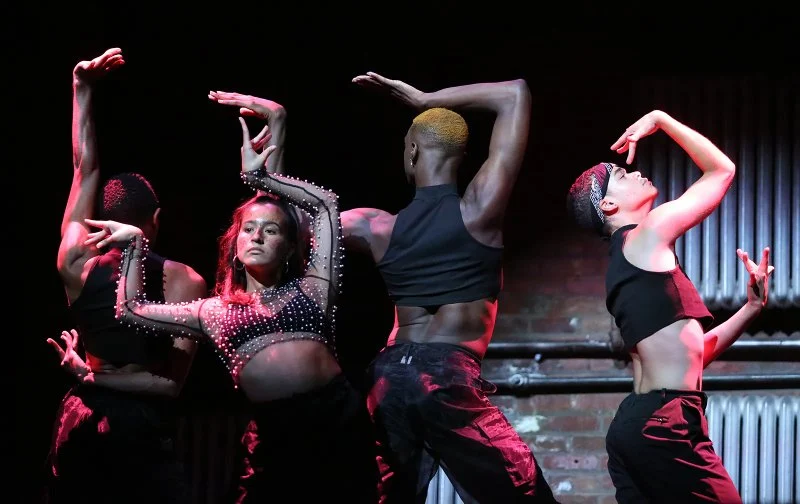
- 1. What is Voguing?
- 2. History of Voguing
- 3. The Ballroom Scene
- 4. The Houses of Voguing
- 5. Voguing and Its Cultural Impact
1. What is Voguing?
Voguing is a unique and expressive dance style that combines elements of high-fashion modeling with dramatic, sharp movements. Originating in the Harlem ballroom scene during the 1960s, voguing is characterized by its angular poses, fluid body movements, and precise gestures that mimic poses seen in fashion magazines and runway shows. The dance is often performed to a beat, with dancers creating shapes and poses that reflect both strength and grace. It has evolved into a vibrant subculture and a powerful form of self-expression, particularly within LGBTQ+ communities.

The Turning Pointe / turning pointe dance studio
ColumbiaRichland CountySouth Carolina
1030 Harden St, Columbia, SC 29205, USA
2. History of Voguing
Voguing emerged from the underground ballroom culture in New York City, where marginalized communities, particularly people of color and LGBTQ+ individuals, gathered to compete in dance battles. The name "voguing" is derived from the popular fashion magazine "Vogue," which inspired many of the dance's signature poses. Early voguing dancers would mimic the poses seen in the magazine, blending elements of jazz, ballet, and African dance into their routines.
The 1990s saw a rise in voguing's popularity thanks to Madonna's iconic "Vogue" music video, which introduced the dance style to mainstream audiences. While the commercial success of the video helped voguing gain visibility, the ballroom scene continued to be a safe haven for LGBTQ+ people, fostering both competition and camaraderie. Over the years, voguing has maintained its roots in the ballroom scene while influencing other dance genres and pop culture at large.
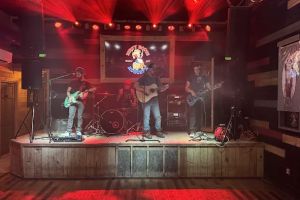
Dirty Boots Augusta / dirty boots augusta
917 Broad St, Augusta, GA 30901, USA
3. The Ballroom Scene
The ballroom scene is an integral part of voguing culture. It refers to the competitive dance events where performers, often called "voguers," battle it out in front of judges and spectators. These events, known as balls, are held in grand venues and are filled with elaborate costumes, energetic performances, and a strong sense of community. Participants perform in various categories, such as "realness," "face," "fashion," and of course, "vogue," where they demonstrate their dance skills and unique style.
The ballroom scene is more than just a competition; it is a space where individuals can express themselves freely, away from societal pressures. For many in the LGBTQ+ community, the ballroom scene has been a form of resistance, self-empowerment, and visibility. It is a celebration of diversity and a testament to the strength and creativity of marginalized communities.
4. The Houses of Voguing
The Houses are a critical part of the voguing and ballroom culture. These "Houses" are essentially chosen families or teams that compete together in balls. Each House is typically led by a "Mother" or "Father," who acts as a mentor and guiding force for their "children" (the members of the House). The House provides a sense of belonging, protection, and guidance, especially for those who may not have support in their personal lives.
Some of the most famous Houses include the House of Xtravaganza, House of LaBeija, and House of Ninja, each known for their unique contributions to the art of voguing. These Houses are not only about competition but also about creating a legacy and building a family of like-minded individuals who share a passion for dance, self-expression, and camaraderie.
5. Voguing and Its Cultural Impact
Voguing has had a profound impact on dance, fashion, and pop culture. Beyond its roots in the ballroom scene, voguing has influenced various dance styles, including hip-hop and contemporary dance. It has also left a lasting mark on the fashion industry, inspiring runway shows and photo shoots. Voguing's bold and unique aesthetic has become synonymous with empowerment, freedom, and self-expression.
Additionally, voguing continues to serve as an important form of activism, particularly within the LGBTQ+ community. It has become a symbol of resilience and pride, providing individuals a platform to showcase their identities in an often challenging world. As the art of voguing continues to evolve, it remains a powerful testament to the creative spirit and strength of the LGBTQ+ community.
For those interested in exploring voguing or improving their dance skills, check out Creative Edge Dance Studio for expert guidance and professional classes.
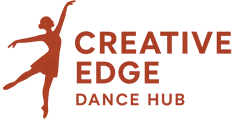

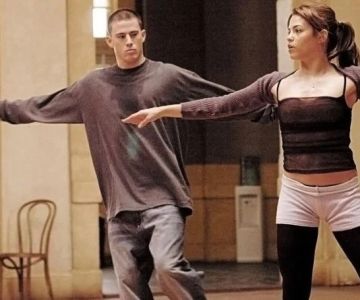
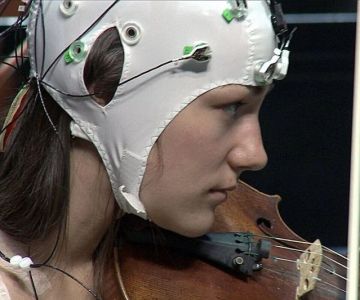
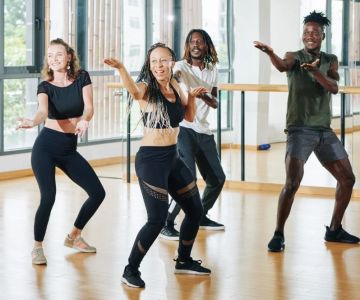

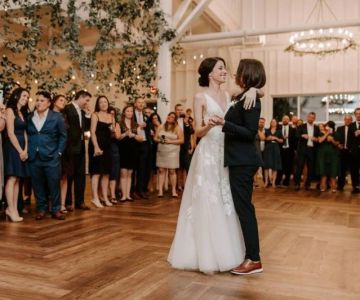
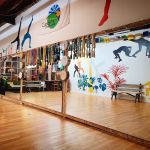 Greenhill Arts Center5.0 (7 reviews)
Greenhill Arts Center5.0 (7 reviews)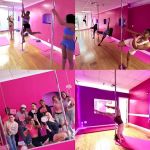 Pole Dance Paradise5.0 (46 reviews)
Pole Dance Paradise5.0 (46 reviews) Always Dancing LLC4.0 (29 reviews)
Always Dancing LLC4.0 (29 reviews) West Medicine Lake Community Club4.0 (25 reviews)
West Medicine Lake Community Club4.0 (25 reviews) My Spanish Village Walnut Creek - Spanish Preschool & Kindergarten School4.0 (14 reviews)
My Spanish Village Walnut Creek - Spanish Preschool & Kindergarten School4.0 (14 reviews)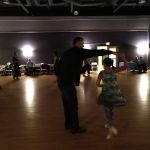 USA Dance (Rocky Mount)0.0 (0 reviews)
USA Dance (Rocky Mount)0.0 (0 reviews) What I Wish I Knew Before Registering for My First Barre Class
What I Wish I Knew Before Registering for My First Barre Class How to Avoid Burnout When You're Taking Too Many Dance Classes
How to Avoid Burnout When You're Taking Too Many Dance Classes How I Learned to Use Neuro‑Feedback in My Dance Training — My Story
How I Learned to Use Neuro‑Feedback in My Dance Training — My Story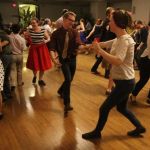 How to Network and Meet People in the Local Dance Scene
How to Network and Meet People in the Local Dance Scene How to Avoid Common Dance Injuries: A Guide for Beginners
How to Avoid Common Dance Injuries: A Guide for Beginners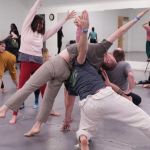 How to Start Dance Improvisation & Become Spontaneous in Your Dance Style
How to Start Dance Improvisation & Become Spontaneous in Your Dance Style